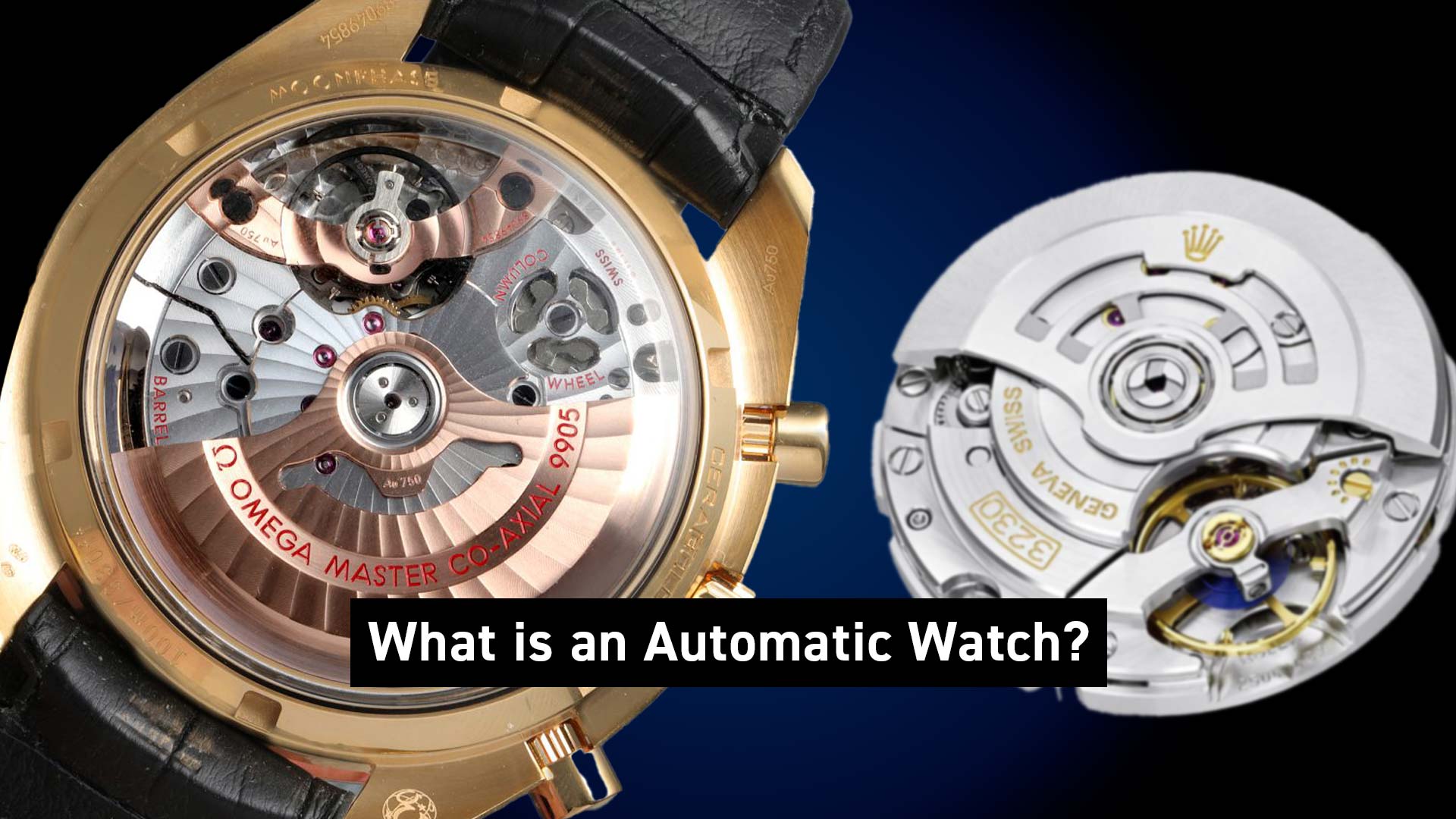In an era where digital technology reigns supreme, the timeless charm of automatic watches continues to captivate enthusiasts and casual wearers alike. But what exactly is an automatic watch, and how does it stand apart from other types of watches? This blog post delves into the intricate world of automatic watches, exploring their unique features, the main types of watch movements, and the key differences between them.
What Are Automatic Watches?
At its core, an automatic watch is a marvel of engineering and craftsmanship. Also known as a self-winding watch, it harnesses energy from the natural motion of the wearer's wrist. This motion activates a rotor, which in turn winds the mainspring, ensuring that the watch functions continuously without the need for manual winding or batteries.

(Automatic Movement Mechanism Inside Watch)
Key Features:
- Self-Winding Mechanism: The heart of an automatic watch, making manual winding unnecessary.
- Energy Reserve: Most models can store enough energy to keep running for 38-48 hours, even if not worn.
- Smooth Movement: The second hand moves in a smooth, sweeping motion, a signature trait of automatic watches.
Understanding Watch Movements
The 'movement' of a watch refers to the mechanism that drives the hands and powers its functions. There are primarily three types of watch movements: Automatic, Mechanical, and Quartz.
Automatic Movement:
- Energy Source: Motion of the wearer's wrist.
- Accuracy: Generally less accurate than quartz, losing up to 30 seconds a day.
- Maintenance: Requires regular servicing but no battery changes.
Mechanical Movement:
- Energy Source: Manual winding by the wearer.
- Artistry: Often more intricate and aesthetically pleasing.
- Maintenance: Needs regular winding and periodic servicing.
Quartz Movement:
- Energy Source: Battery-powered.
- Accuracy: Highly accurate, losing only a few seconds a month.
- Maintenance: Low maintenance, with battery replacements needed occasionally.
Frequently Asked Questions
Conclusion
Automatic watches are not just timekeeping devices; they are a statement of style, craftsmanship, and a nod to a rich horological heritage. Whether you're drawn to the intricate mechanics of an automatic or mechanical watch, or the precise simplicity of a quartz movement, there’s a timepiece for every preference. Understanding these differences helps in appreciating the art and science behind watchmaking, and in making an informed choice for your next timepiece.










What Is A Tourbillon Watch?
What Is A Quartz Watch?